Daughters of the Dust
7.6 /10 1 Votes7.6
89% Rotten Tomatoes Genre Drama, Romance Running time 1h 53m Music director John Barnes Country United States | 6.2/10 IMDb Duration Writer Julie Dash | |||||||||||||||||||||||||||||||||
 | ||||||||||||||||||||||||||||||||||
Release date January 1991 (1991-01) (Sundance Film Festival)September 10, 1991 (1991-09-10) (Toronto Film Festival) Cast Cora Lee Day (Nana Peazant), Alva Rogers (Eula Peazant), Barbarao (Yellow Mary), Trula Hoosier (Trula), Tony King (Newlywed Man (as Malik Farrakhan))Similar movies The Human Centipede 2 (Full Sequence) , Mad Max: Fury Road , Jurassic World , Self/less , John Wick , Salt | ||||||||||||||||||||||||||||||||||
Daughters of the dust official trailer hd
Daughters of the Dust is a 1991 independent film written, directed and produced by Julie Dash and is the first feature film directed by an African-American woman distributed theatrically in the United States. Set in 1902, it tells the story of three generations of Gullah (also known as Geechee) women in the Peazant family on St. Helena Island as they prepare to migrate to the North on the mainland.
Contents
- Daughters of the dust official trailer hd
- Julie dash on daughters of the dust 25th anniversary restoration
- Plot
- Cast
- Development
- Casting
- Dialogue and narrative structure
- Principal photography
- Post production
- Reception
- Restoration and re release
- Awards and nominations
- Related books
- References
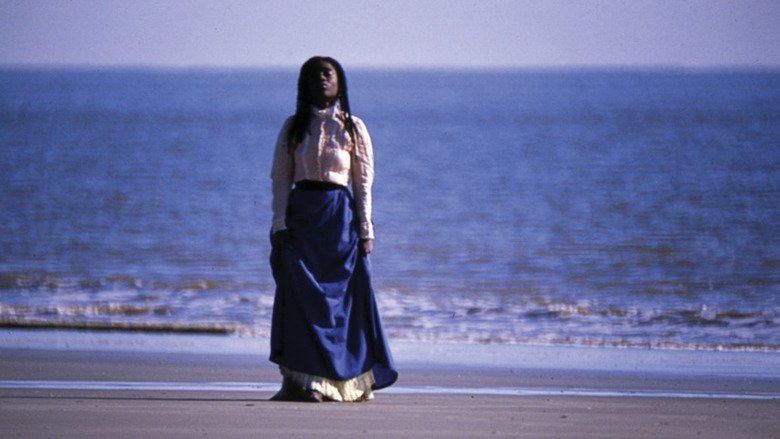
The film gained critical praise for its rich language, use of song, and lyrical use of visual imagery. The cast features Cora Lee Day, Alva Rogers, Barbara-O, Trula Hoosier, Vertamae Grosvenor, and Kaycee Moore and was filmed on Saint Helena Island in South Carolina. Noted for its lush visuals and non-linear storytelling, Daughters of the Dust was selected for the Sundance 1991 dramatic competition; cinematographer Arthur Jafa won the top cinematography prize.
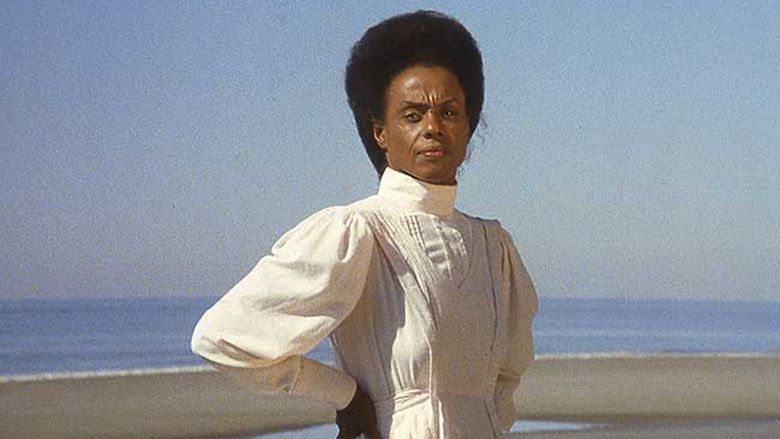
In 2004, Daughters of the Dust was selected for preservation in the United States National Film Registry by the Library of Congress as being "culturally, historically, or aesthetically significant". Dash has published two books related to the film: Daughters of the Dust: The Making of an African-American Woman's Film (1992), which includes the screenplay; and Daughters of the Dust: A Novel (1997), set 20 years after the events in the film. In 2016 the film was restored and re-released by the Cohen Media Group for its 25th anniversary.
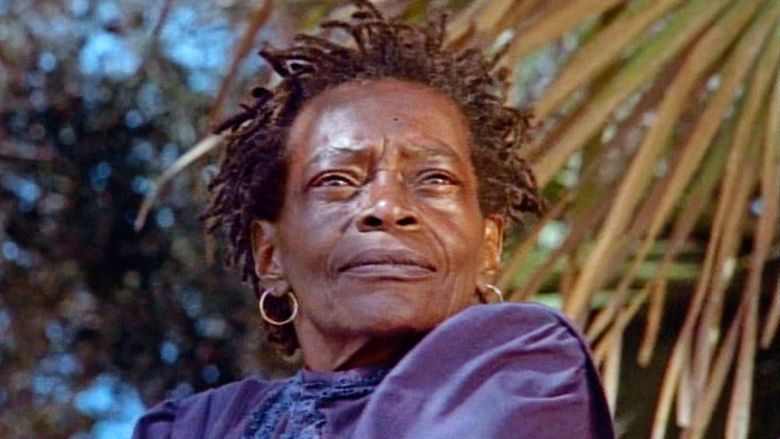
Julie dash on daughters of the dust 25th anniversary restoration
Plot
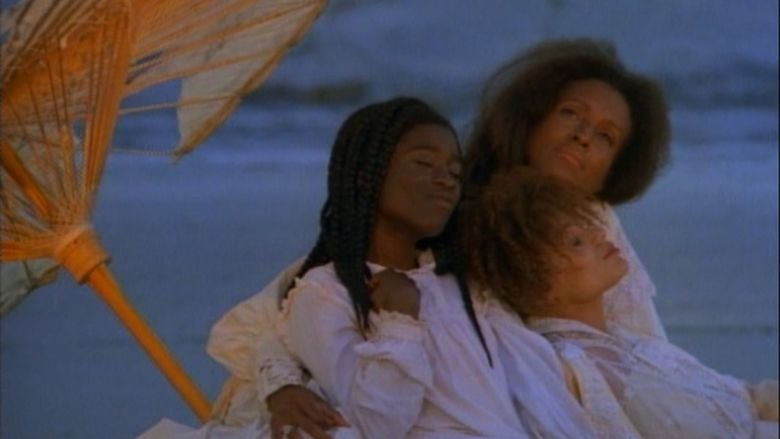
Daughters of the Dust is set in 1902 among the members of the Peazant family, Gullah islanders who live at Ibo Landing on St. Simons Island, off the South Carolina-Georgia coast. Their ancestors were brought there as enslaved people centuries ago, and the islanders developed a language and culture that was creolized from West Africans of Ibo, Yoruba, Kikongo, Mende, and Twi origin. Developed in their relative isolation of large plantations on the islands, the enslaved peoples' unique culture and language have endured over time. Their dialogue is in Gullah creole.
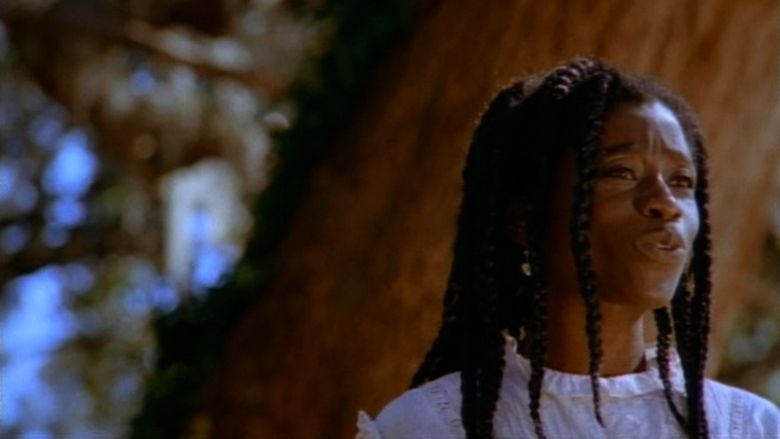
Narrated by the Unborn Child, the future daughter of Eli and Eula, whose voice is influenced by accounts of her ancestors, the film presents poetic visual images and circular narrative structures to represent the past, present and future for the Gullah, the majority of whom are about to embark for the mainland and a more modern way of life. The old ways are represented by community matriarch Nana Peazant, who practices African and Caribbean spiritual rituals and who says of the Unborn Child, "We are two people in one body. The last of the old and the first of the new."
Contrasting cousins, Viola, a devout Christian, and Yellow Mary, a free spirit who has brought her lover, Trula, from the city, arrive at the island by canoe from their homes on the mainland for a last dinner with their family. Yellow Mary plans to leave for Nova Scotia after her visit. Mr. Snead, a mainland photographer, accompanies Viola and takes portraits of the islanders before they leave their way of life forever. Intertwined with these narratives is the marital rift between Eli and his wife Eula, who is about to give birth after being raped by a white man on the mainland. Eli struggles with the fact that the unborn child may not be his.
Several other family members' stories unfold between these narratives. They include Haagar, a cousin who finds the old spiritual beliefs and provincialism of the island "backwards," and is impatient to leave for a more modern society with its educational and economic opportunities. Her daughter Iona longs to be with her secret lover St. Julien Lastchild, a Native American, who will not leave the island.
While the women prepare a traditional meal for the feast, which includes okra, yams and shellfish prepared at the beach, the men gather nearby in groups to talk. The children and teenagers practice religious rites on the beach and have a Bible-study session with Viola. Bilal Muhammad leads a Muslim prayer. Nana evokes the spirits of the family's ancestors who worked on the island's indigo plantations. Eula and Eli reveal the history and folklore of the slave uprising and mass suicide at Igbo Landing. The Peazant family members make their final decisions to leave the island for a new beginning, or stay behind and maintain their way of life.
Cast
Development
Dash conceived of the film in 1975, originally planning it to be a short without dialogue, a visual account of a Gullah family's preparation to leave their Sea Island home to a new life in the North. It was inspired by her father's family, who were Gullah and had migrated to New York City in the early 20th century during the Great Migration of blacks from the South. As she developed it over 10 years, she added layers of meaning and clarified her artistic vision. Together with Arthur Jafa, her cinematographer and co-producer, she put together a short film to use for marketing.
She was initially rejected by Hollywood executives, as this was to be her first full-length film. Dash said they thought it was "too different". She thought their reaction was part of a systematic exclusion of black women from Hollywood. Persisting, Dash finally got $800,000 financing from PBS' American Playhouse in 1988.
Casting
With funding secured, Dash cast a number of veterans of black independent cinema in various roles, as a tribute to the work they had done and the sacrifices they had made to work in independent films. She also hired a mostly African-American crew. Considering she had cast principal actors who were union members, as well as hired union technicians, her budget of $800,000 was very small.
Dialogue and narrative structure
For the sake of authenticity and poetry, the characters from the island speak in Gullah dialect. Ronald Daise, author of Reminiscences of Sea Island Heritage (1987), was the dialect coach for her actors, none of whom knew Gullah at the start of production.
The narrative structure is non-linear, of which Dash explained:
"I didn’t want to tell a historical drama about African-American women in the same way that I had seen other dramas. I decided to work with a different type of narrative structure...[and] that the typical male-oriented western-narrative structure was not appropriate for this particular film. So I let the story unravel and reveal itself in a way in which an African Gullah would tell the story, because that’s part of our tradition. The story unfolds throughout this day-and-a-half in various vignettes. It unfolds and comes back. It’s a different way of telling a story. It’s totally different, new."
Principal photography
Shooting took 28 days on location at St. Helena Island and Hunting Island, off the South Carolina coast. Most of the shots take place outdoors, either on the beach, in front of homes, or further inland, where Nana's home is located near the island's graveyard. The sets, including cabins, the graveyard, and a figurative-sculpture dock at Igbo Landing, were constructed mostly using materials the Gullah would have had available at the time of the story. The costumes feature the women in long indigo-dyed and bright white dresses. The majority of closeups in the film are on the women, and the majority of dialogue is spoken by women and girls.
Post-production
Editing began in January, 1990, and it took nearly a year to complete the film. Dash chose not to use subtitles, preferring to have audiences be immersed in the language. The soundtrack was composed by John Barnes, featuring a blend of synclavier percussion with traditional instruments, including the Middle Eastern santour, and African bata and talking drums.
Reception
The film opened in January 1992 to critical acclaim. It was the first feature film by an African-American woman to be distributed theatrically in the United States. The Boston Globe called it "mesmerizing"; the Atlanta Constitution described it as "poetry in motion." At a 2005 festival showing, Michael Dembrow's program notes said that it "explores the strands of West African and African-American experience and ties them into a cultural and spiritual knot, at once graceful, sturdy, and persevering."
Critic Roger Ebert wrote of the use of Gullah creole, "The fact that some of the dialogue is deliberately difficult is not frustrating, but comforting; we relax like children at a family picnic, not understanding everything, but feeling at home with the expression of it."
One viewer, struck by the film's poetic qualities, told New York Magazine,
"[The film] makes you feel connected to all those before you that you never knew, to parents and grandparents and great-grandparents. I'm a different person now from seeing this movie. It's a rejuvenation, a catharsis. Whatever color you are, people want to feel that sense of belonging."
In 2007, Julie Dash told the Indianapolis Museum of Art that the film had received some poor reviews from industry executives who were uncertain about its unconventional form. She further explained that "Hollywood and mainstream television are still not quite open to what I have to offer."
Upon its 2016 re-release, the The Village Voice said, "[The film] abounds with stunning motifs and tableaux, the iconography seemingly sourced from dreams as much as from history and folklore."
The film holds a 97% rating on Rotten Tomatoes from a sample of 33 critics.
Restoration and re-release
For its 25th anniversary, the Cohen Media Group restored Daughters of the Dust for a screening at the 2016 Toronto Film Festival and a theatrical release when Beyoncé's acclaimed visual album Lemonade was presented on HBO and online; it had several visual references to the film. Lemonade's modern take on Dash's visuals, featuring young women, some in long white dresses, walking toward a beach and on the front porch of a rustic island cabin, was noted in articles and interviews for Vanity Fair, Rolling Stone, NPR, and Essence, among other media outlets.
The resulting attention to the film sped up the restoration process and Daughters of the Dust was re-released in theaters in November 2016, along with a new trailer and poster. Dash, who wasn't involved in the making of Lemonade, described Beyoncé's hour-long album as "ground-breaking" and "a masterpiece."
Awards and nominations
Related books
References
Daughters of the Dust WikipediaDaughters of the Dust IMDbDaughters of the Dust Rotten TomatoesDaughters of the Dust themoviedb.org
